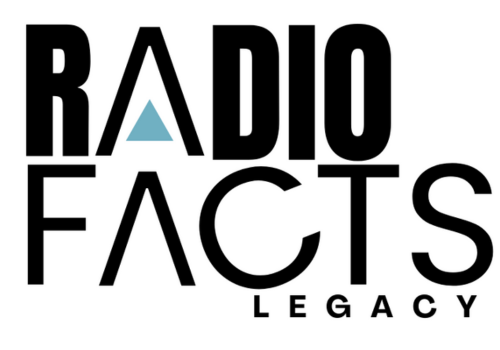Last updated on November 2nd, 2025 at 02:39 am
Free-Flowing Data: How BMAT’s Technologies Are Ushering in a New Age of Music Industry Transparency

For decades, the music business’ information pipelines ran underground, unseen and rarely disturbed. The digital era exposed them, while ushering in new technologies that can change things. “The system is a complicated pipeline. Everyone wants to keep the data flowing,” explains BMAT co-founder and CEO Àlex Loscos. “We see lots of progress, and we think there is a lot more we can do together as an industry.”
Drawing on its founders’ origins in a university music technology lab in Barcelona, BMAT has used technology to solve a deep-seated problem of industry culture, getting data to flow unobstructed between all players and parties in the music business, making data transparency accessible to everyone. The company’s technological foundation is matching: matching metadata and matching audio fingerprints to identify works and automate mandatory reporting. But its mission is full transparency, an aim it tackles by partnering with everyone from large PROs to small clubs to figure out what’s being played where and who needs to be paid for it.
To accomplish this mission, it has established partnerships with 100 Collective Management Organizations (including PRS, GEMA, and SACEM), with broadcasters from the U.S. to Indonesia, and with more than 2,000 labels and publishers. BMAT’s monitoring platform delivers 92 million identifications monthly and manages 230 million digital transactions hourly, tracking 5,000 radio stations and 1,500 television channels in 134 countries, thousands of live music venues on three continents, and data from more than 40 DSPs. In addition to its direct relationships with more than 120,000 content owners, it boasts extensive coverage of ISRC and ISWCs.
These data and relationships are a requisite in today’s music business environment. “In the golden days of the recording industry, the payments from your PRO were the cherry on top of a large cake of other income streams,” Loscos notes. “Now, the cherries count for a lot more. People are looking for more efficiency to maximize these cherries, so to speak, and that’s encouraging PROs to increase their value to their members.” To reduce overhead, many large PROs and CMOs from across Europe and Asia have turned to BMAT to help them identify and interpret the data flowing in from thousands of broadcasters and dozens of DSPs.
This includes creating new tools that empower broadcasters to improve the quality of their reporting. “From broadcasters’ perspective, reports can be very time consuming, so we’ve partnered with them to make the process faster,” says Loscos, helping broadcasters like Germany’s ARD/ZDF, Europe’s second largest broadcaster, monitor and report its music usage, from ads to live show incidentals.
BMAT is also addressing one of the most challenging aspects of music identification: live music reporting. Unlike the relatively straightforward task of comparing an audio recording to a database of more than 70 million fingerprints, figuring out a match between a free-wheeling live version of a song and its original composition is a daunting technological feat, one BMAT is mastering. “For festivals, we can compare an artist’s repertoire with their live performance and find the right match to generate a set list, something the artists don’t have to worry about submitting to their PRO,” Loscos recounts. “For DJ sets, we’ve partnered with Pioneer to get data from a DJ’s controller about what was played during a set.”
Finding and fixing data leaks in the pipeline requires a creative, multi-source approach. If one data set doesn’t solve the problem, another might. BMAT sees trends like disintermediation (a dynamic intensified by distributed technologies like blockchain) and fragmentation (as more artists hold and manage their own rights and more labels strike direct deals) as both opportunities and potential pitfalls for getting data to flow, especially through legacy music organizations. Many once staid players are increasingly open to new ideas and willing to streamline or outsource processes, with the help of a partner that gets both music and technology, BMAT.
“I’m hoping to see more or less full transparency in my lifetime. I hope all the parties in the system can eventually agree to share data and be transparent with the artists they represent so those data flow,” Loscos reflects. “There’s a lot of talk about real-time payments, but the real disruption will come when you understand where the money comes from and you get paid for every play or transaction. It could be any tech form; that doesn’t matter. What changes is that artists and other stakeholders will receive as much data as they want and need. Only with this, will we be at the real solution.”





